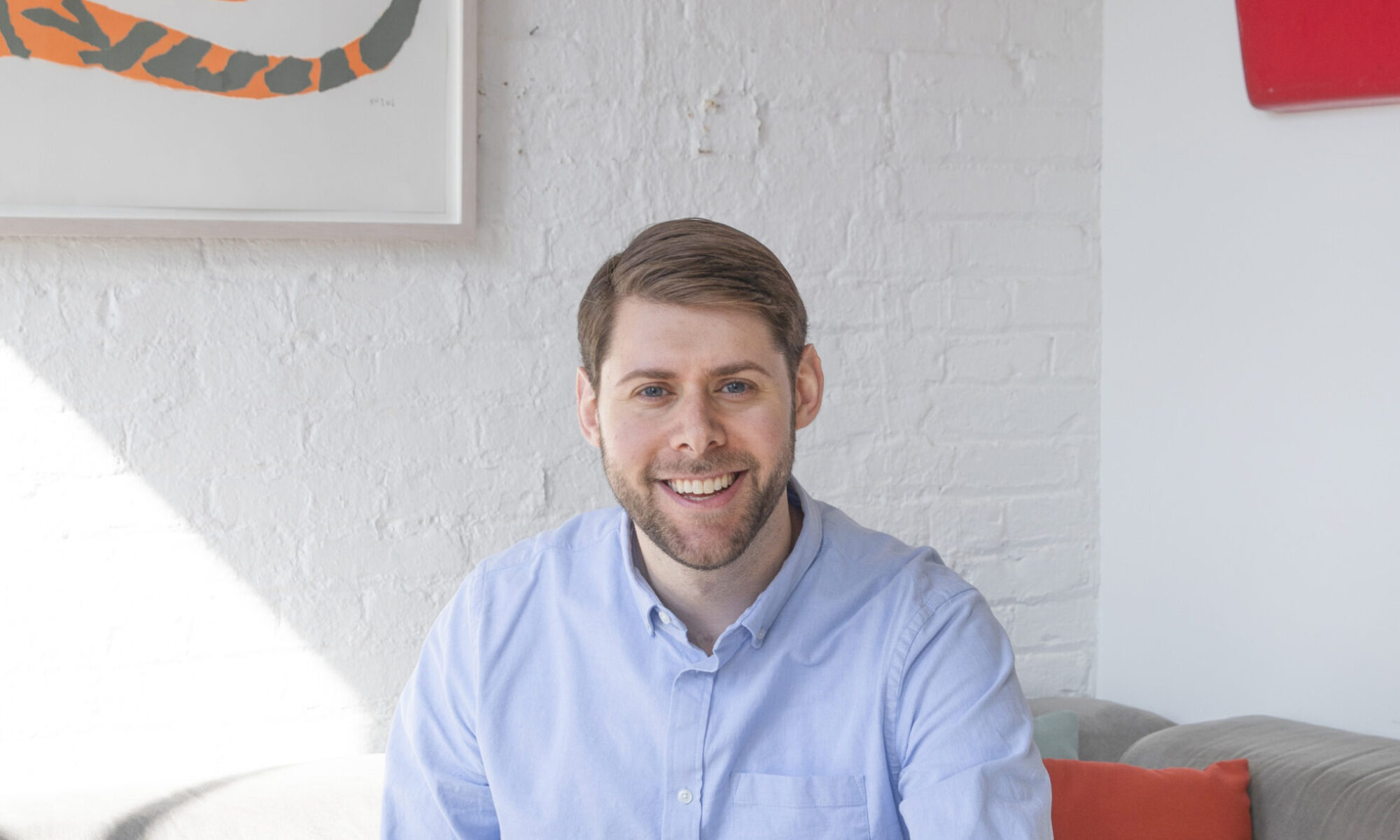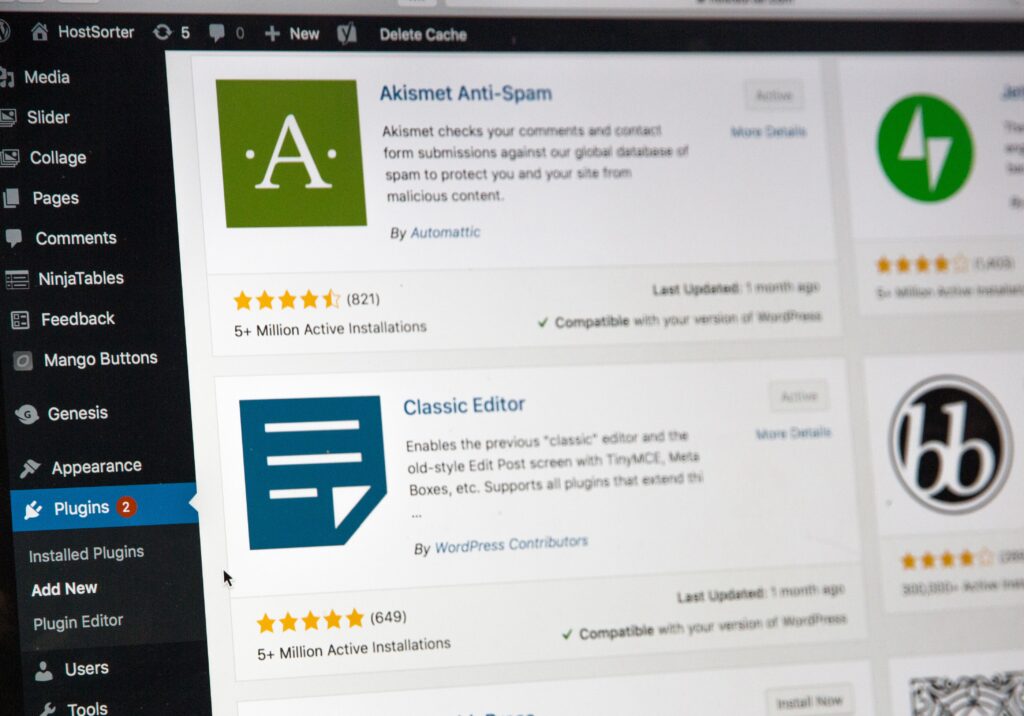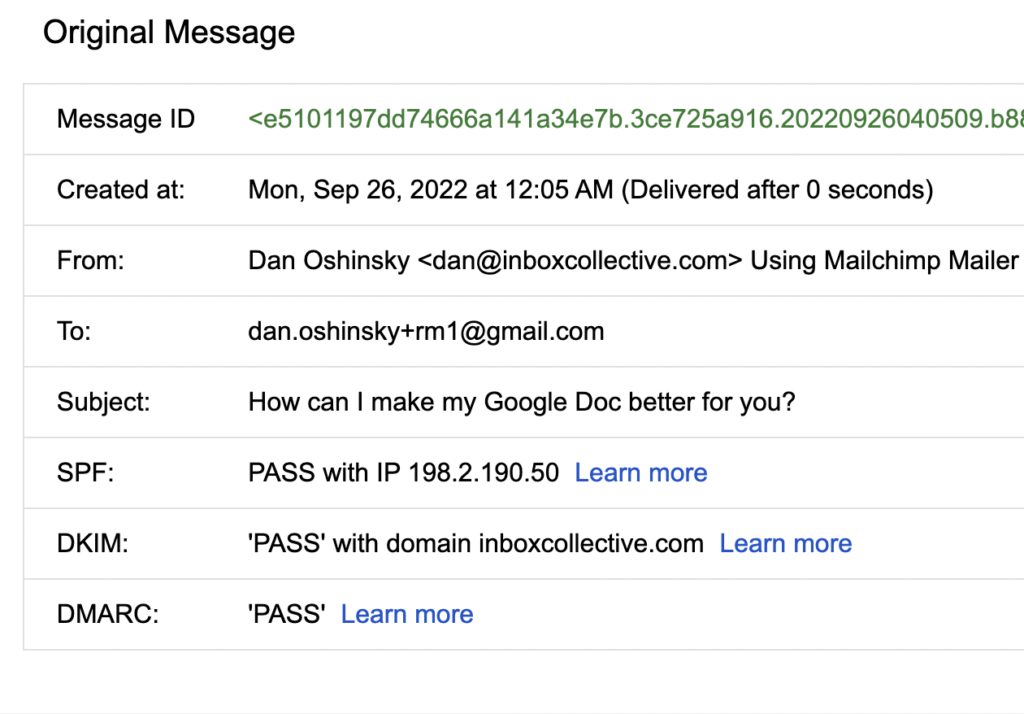
Sally and I are on vacation this week, but I’m thinking back to the days before we left.
I had a busy week last week: A big presentation, a dozen calls, work on a few new articles for the site, and a lot of emails to deal with. I’m often busy, but this was more than usual.
And in the 48 hours before we left, with Sally working back-to-back days, I was trying to do everything: All of the work, plus all of the packing, laundry, and cleaning. I don’t get visibly stressed too often, but I was last week. (Just re-writing this, I’m feeling the stress levels rise again!)
So Sally reminded me: It’s OK to delegate. No, she can’t take on my work, but she’ll always have the time to help with errands or tasks around the house. Yes, she’s also busy, but no, that doesn’t mean I have to do everything.
It was a reminder I needed to hear. I don’t have to be Superman — I can share the load with her. There’s no award for doing it all; there are just consequences.
The next time the work piles up, see if you can find a way to share the responsibility and take a little off your plate. You don’t need to do 120 percent of the work. In the long run, you can’t.
———
That photo of a laundry basket comes via Annie Spratt and Unsplash.








